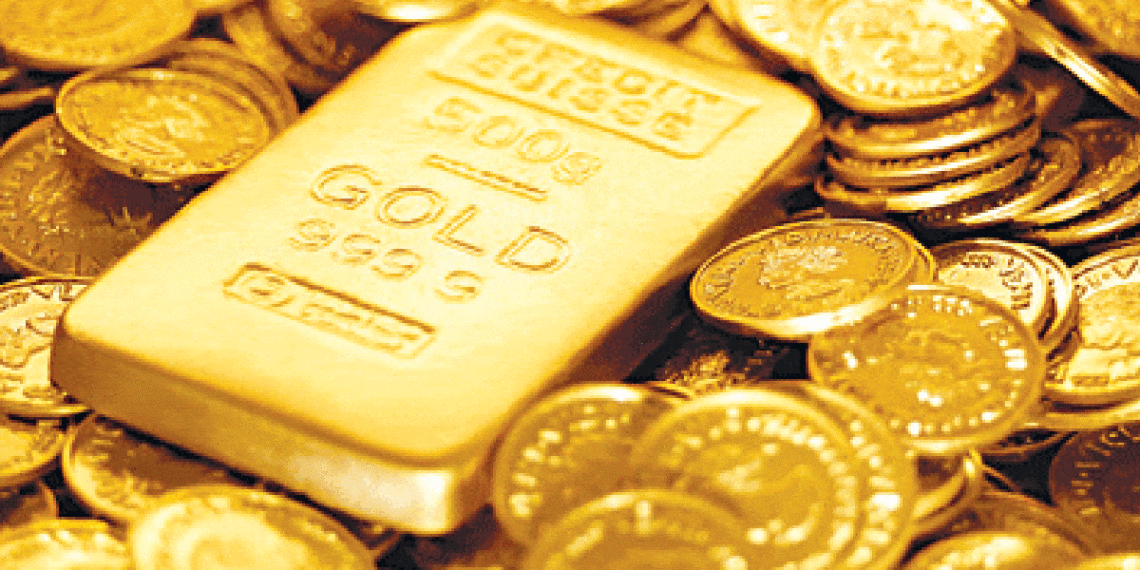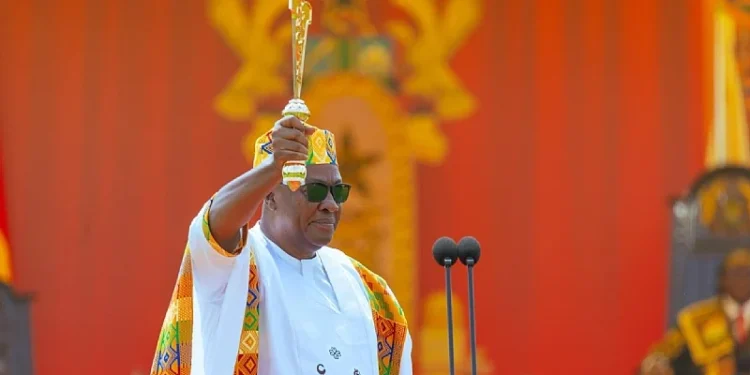Gold prices have finally edged up, as fears of risks to the global economy posed by the omicron coronavirus variant whipped up investor sentiments for the safe-haven asset.
Compared to ‘black gold’, the yellow metal has now gained momentum hovering around $1,800 levels, however investors are considering this price rally is not sustainable as the omicron variant drives its value.
According to the World Health Organisation, understanding the variant’s severity may take several weeks, although a South African doctor who has treated cases said symptoms so far seemed to be mild.
On Monday, November 29, 2021, spot gold rose 0.1 per cent to $1,793.28 per ounce, while US gold futures gained 0.5 per cent to $1,793.70.
Saxo bank analyst, Ole Hansen is cited to have said that: “If the virus does lead to renewed worries about economic activities, central banks will obviously be caught in between a rock and a hard place because inflation is not going to come down… but growth will, and that leaves them in a very precarious situation.”
With new cases of the Omicron variant found in three other countries- Netherlands, Denmark and Australia, more countries are seeking to impose travel bans.
However, market forecasters indicate that placing a cap on gold’s swing led to the dollar edging higher– making gold more expensive for overseas buyers– and equities regaining some composure after sinking last week on fears.
Meanwhile, with indications that the US Federal Reserve may hike interest rates, this may translate into higher opportunity cost of holding gold, a non-interest bearing asset.
The Omicron variant was seen as possibly affecting the timing of rate increases by the Fed and other major central banks, and is therefore “taking cue from interest rate expectations”, Hussein Sayed, chief market strategist at Exinity Group said.
“Now markets expect only two rate hikes for 2022, down from three. The shift in rate expectations is helping gold gain some ground, but the move is insignificant so far.”
Hussein Sayed, chief market strategist at Exinity Group
Oil’s plunge on Friday shortlived, rebounding again
Oil, after Friday’s price ‘scare,’ has seen a massive comeback today, November 29, 2021 rebounding by almost 5 per cent on Monday to $76 a barrel. Earlier today, Brent crude was $3.24, or 4.5%, higher at $75.96 after sliding $9.50 on Friday. US West Texas Intermediate (WTI) crude was up $3.12, or 4.6%, at $71.27, having tumbled $10.24 on Friday.
“We saw some correction as Friday’s plunge in oil prices has been overdone,” said Tatsufumi Okoshi, senior economist at Nomura Securities.
The plunge in Friday’s prices, the biggest one-day decline since April 2020, reflected fears that travel bans would drive down travel demand. “Fundamentally, the announced and enacted international air travel constraints cannot explain such a sharp slump,” said Norbert Ruecker of Swiss bank Julius Baer, adding that “it was clear the fear factor had gripped on the market”.
Meanwhile, some calm has returned to the financial market as investors waited for more details of the variant as European shares edged higher today.
The emergence of Omicron has created a new challenge for the Organization of the Petroleum Exporting Countries and its allies, known as OPEC+, whose meeting scheduled for this week to set policy has been postponed in order to assess the impact of the Omicron variant.
READ ALSO: Ghana: Imposing Carbon Charges Now to Speed up Stranding of Hydrocarbon Assets






















